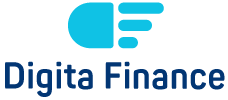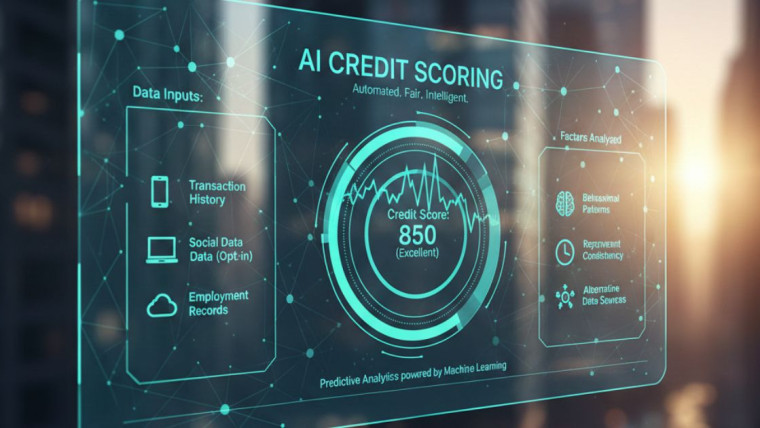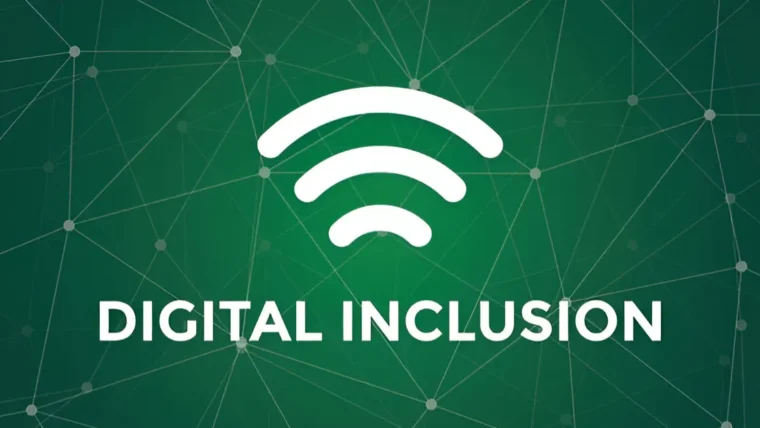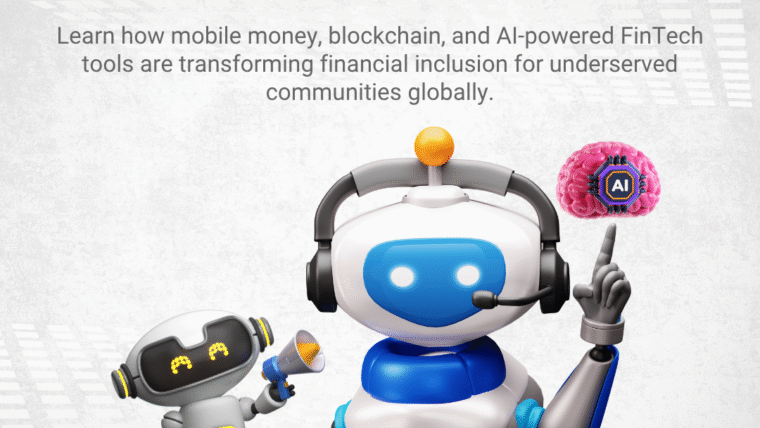Digital financial inclusion is reshaping how people access and use financial services. This transformation is not just about using mobile apps or online banking. It’s about creating fair and open financial systems that include everyone—especially those who were previously left out.
Around the world, many individuals, especially in rural or low-income areas, have long been excluded from traditional banking. They may not have access to physical bank branches or even basic services like savings accounts or credit. But today, digital tools are solving those problems in new and exciting ways.
Understanding the Core Concept
So, what is digital financial inclusion?
At its core, digital financial inclusion means using technology to make financial services available and affordable for everyone, particularly underserved communities. These services can include:
-
Mobile money
-
Digital wallets
-
Online lending platforms
-
Digital insurance
-
Remote banking via smartphones
It’s more than just giving people access. It also ensures those services are useful, safe, and tailored to the needs of individuals who’ve never interacted with formal financial systems. To make inclusion work at scale, digital automation is becoming an essential part of the solution.
Why Digital Financial Inclusion Matters
In the past, opening a bank account required formal identification, paperwork, and sometimes even an initial deposit—things that millions of people didn’t have. Traditional banks operated in cities and wealthier neighborhoods, far from where help was truly needed.
Digital financial inclusion removes those barriers. With a simple mobile phone and a reliable internet connection, people can now store money, send payments, apply for loans, and protect their families with digital insurance.
This matters because access to financial tools changes lives. When individuals can manage money more effectively, they’re better equipped to handle emergencies, invest in education, and grow small businesses.
Real-World Impact on Underserved Communities
Consider a farmer in a rural area who cannot travel to a bank. With digital access, she can receive payments from buyers, purchase seeds, or even apply for weather-indexed insurance—all from her phone. This not only saves time but opens doors that were previously locked.
Or think about a woman starting a small home business in an urban slum. She can accept digital payments through mobile money and build a transaction history. That history helps her become eligible for a micro-loan to expand her business.
These aren’t hypothetical situations. They are real-world examples happening across Africa, South Asia, and parts of Latin America. In each case, digital inclusion isn’t just about convenience. It’s about dignity, opportunity, and growth.
Key Technologies Powering Digital Inclusion
A few innovations stand out in enabling digital financial inclusion:
Mobile Money Platforms
These services allow people to store and transfer money using their phones. In countries like Kenya, services like M-PESA have helped millions manage their finances without needing a traditional bank account.
Biometric Identification
Fingerprints and facial recognition make it possible for people without formal ID documents to verify their identity securely.
USSD Technology
This allows people to access banking features even without a smartphone or internet. With simple codes dialed from a basic phone, users can check balances and send money.
Blockchain and Fintech Apps
Emerging solutions are using blockchain to create transparent, tamper-proof financial records. Meanwhile, fintech companies are designing user-friendly apps for budgeting, saving, and borrowing.
Challenges in Achieving True Inclusion
While progress is happening fast, there are still obstacles. Some of the major challenges include:
Digital Literacy
Many people still don’t know how to use mobile phones for financial tasks. Training and education remain key.
Trust Issues
People who’ve never used formal financial services may be skeptical of digital tools. They need to feel secure and confident that their money is safe.
Infrastructure Gaps
Some areas still lack internet connectivity or stable mobile networks. Without these, digital financial tools can’t function reliably.
Regulatory Barriers
In some regions, outdated banking laws or strict regulations make it difficult for new services to operate freely.
Governments and Organizations Making a Difference
Across the globe, governments and international organizations are stepping in to support digital financial inclusion. Many are doing so by:
-
Creating supportive policies for mobile banking
-
Encouraging innovation in fintech
-
Investing in rural internet infrastructure
-
Partnering with private companies to develop secure platforms
For instance, India’s “Jan Dhan Yojana” program has opened millions of zero-balance bank accounts and linked them with biometric identity systems. In Bangladesh, mobile financial services like bKash are helping people send and receive money securely, even without a formal address.
These programs demonstrate that with the right collaboration, it’s possible to create financial ecosystems that serve everyone.
The Road Ahead: A More Inclusive Financial Future
Digital financial inclusion is not a trend—it’s the future of finance. As more people come online, the pressure to build systems that include everyone will grow. This future includes:
-
Transparent financial histories
-
Custom micro-insurance plans
-
AI-driven credit scoring
-
Access to global markets for even the smallest businesses
But progress must be thoughtful. Developers, banks, and governments must ensure services are simple, secure, and centered around real human needs—not just profits or flashy tech.
Digital financial inclusion should empower, not overwhelm. When done right, it doesn’t just open accounts—it opens opportunities.
Final Thoughts
So, what is digital financial inclusion? It’s a new way to think about money and access. It’s about ensuring no one is left behind, whether they live in a remote village or an underserved urban community.
This isn’t just a technological challenge. It’s a moral one. Because financial exclusion is often the first step toward deeper inequality. And digital financial inclusion could be the key to unlocking prosperity for millions.
With the right tools, knowledge, and intent, we can build a financial system that works for everyone. That’s the promise of digital financial inclusion—and it’s one worth striving for.








Digital Twin Technology in Finance: How Virtual Models Are Transforming Risk Management
RegTech: The Future of Financial Compliance Automation
What is a Fintech Company?
Website Design for Financial Services: Building Trust Online
Digital Twin Technology in Finance: How Virtual Models Are Transforming Risk Management
The Future of Personal Finance: Autonomous Finance and AI Money Management
AI Credit Scoring: Revolutionizing SME Banking and Digital Loans
AI Fraud Detection: How Banks Prevent Financial Crime in Real Time